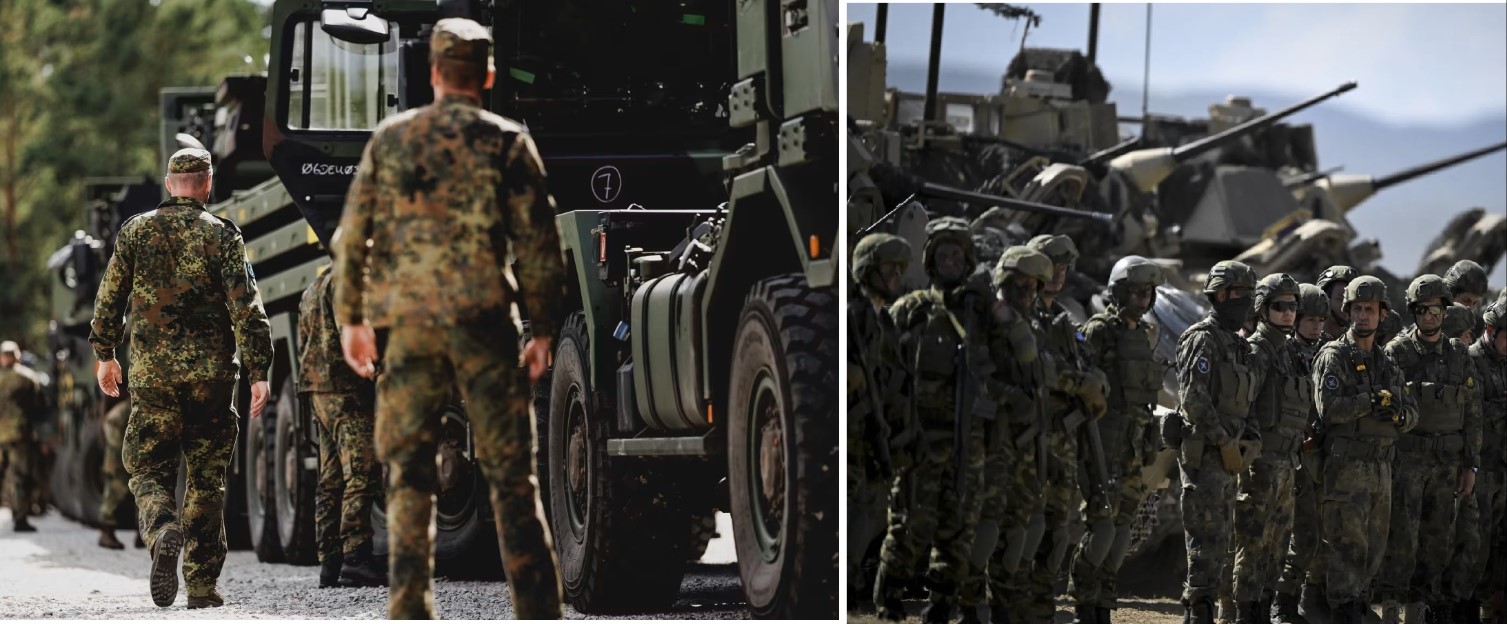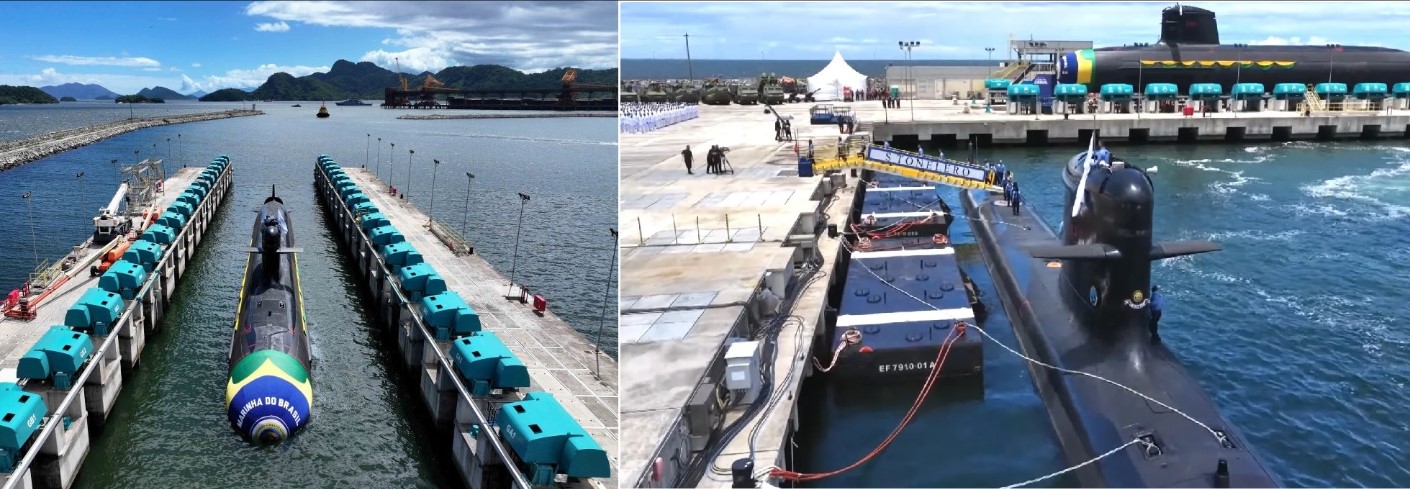Safran to Provide Full Tech Transfer and Shared IPR for 120–140 kN AMCA Engine in $7bn Joint Venture

France and India are moving forward with detailed discussions on a major joint venture between Safran and DRDO to co-develop a 120–140 kN jet engine for the Advanced Medium Combat Aircraft (AMCA). Safran has indicated that it is prepared to provide full technology transfer, including the hot section, a capability that India has been seeking to develop for many years. The proposed partnership, valued at about $7 billion, also includes shared intellectual property rights for future upgrades and potential exports.
The hot section—covering high-pressure turbines, advanced combustor systems, and heat-resistant materials—is the most complex part of a fighter engine. Safran’s readiness to transfer this technology would allow India to gain the capabilities required for independent design and manufacturing of high-performance propulsion systems.
Officials familiar with the talks say the joint venture will follow a structure similar to the BrahMos model, with both sides sharing responsibilities in design, manufacturing, testing, and long-term development. DRDO’s Gas Turbine Research Establishment (GTRE) is expected to work closely with Safran to absorb technologies related to turbine-blade casting, thermal-management systems, ceramic coatings, and overall engine integration.
The new powerplant is intended for the AMCA Mk-2 variant, which requires higher thrust to meet its stealth and performance goals. A 120–140 kN engine would support supercruise capability and provide the power needed for internal weapons carriage and next-generation avionics. If the agreement is cleared in time, prototype testing could begin toward the end of the decade.
In addition to the AMCA engine proposal, Safran has also expressed readiness to set up an M88 engine assembly line in India, pending approval from the French government. The M88, which powers the Rafale fighter jets operated by the Indian Air Force and Navy, would benefit from local assembly, repair, and overhaul capability, helping reduce turnaround times and improving India’s self-reliance in maintenance.
The discussions are consistent with India’s broader push to strengthen its domestic aerospace ecosystem, following earlier engine initiatives such as the Kaveri program. France’s offer highlights growing defence cooperation between the two countries, which already collaborate in aircraft, helicopters, missiles, and space technologies.
Final approval from the French government is still awaited, but officials on both sides indicate steady progress. If cleared, the Safran-DRDO joint venture would provide India with long-term access to advanced fighter engine technology, supporting future programs including unmanned combat aircraft, next-generation fighters, and high-altitude platforms.
✍️ This article is written by the team of The Defense News.





